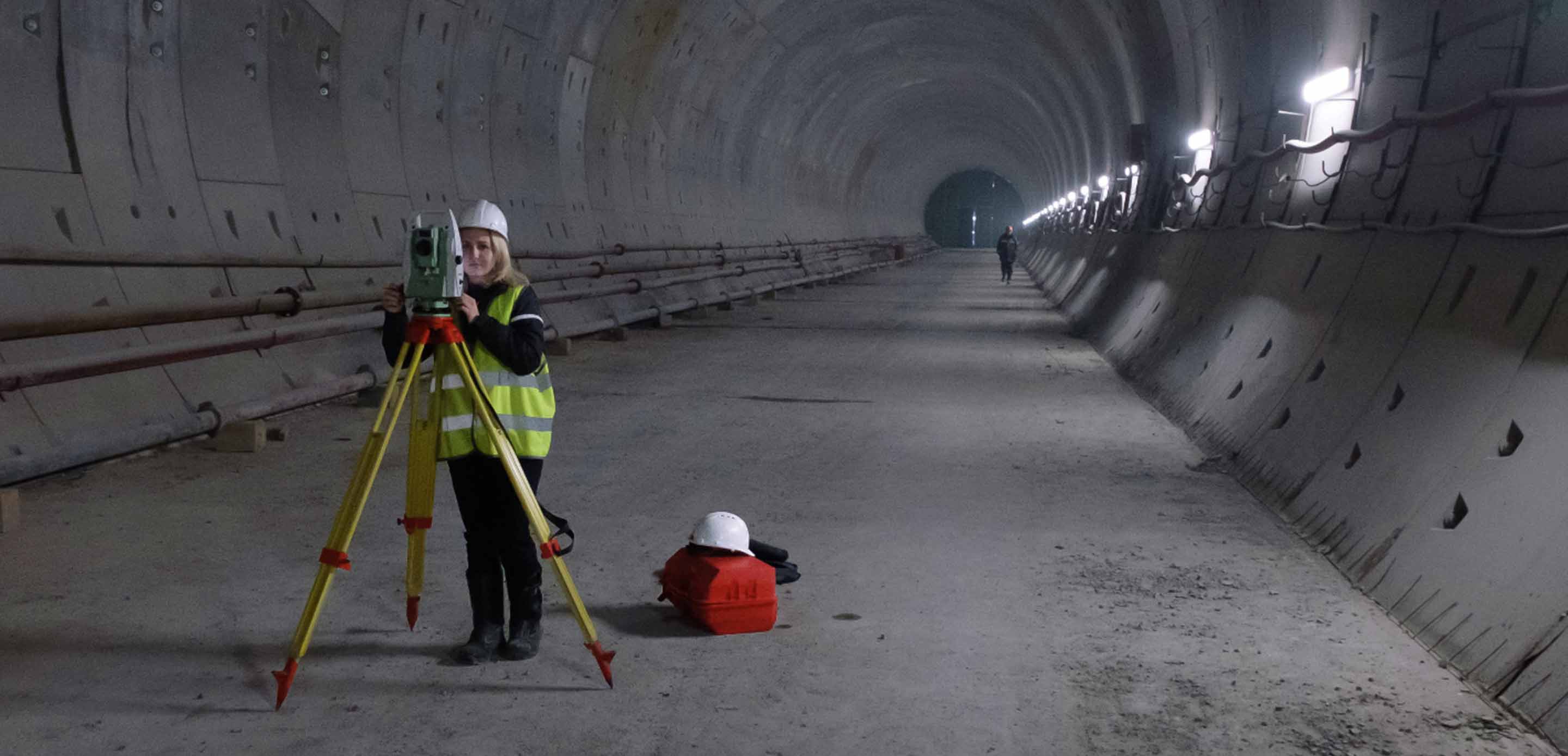- Article

- Sustainability
- General Sustainability
Creating sustainable cities: the shift to net zero in the real estate and construction industry
Green buildings and renewable energy are key to Australia reaching net zero by 2050.
The building and real estate industry has been under pressure to deal with climate change long before the spotlight turned to net zero emissions.
Buildings account for more than a third of the world’s energy consumption and 40 per cent of global carbon emissions.1 In Australia, buildings still account for over 50 per cent of electricity usage2, despite COVID-19 accelerating a shift away from city centres, putting the sector at the heart of efforts to decarbonise the economy.
The Intergovernmental Panel on Climate Change’s recent report provides a reality check with increasing risk of extreme weather events in Australia.3 Growing pressure from asset managers to incorporate environmental, social and governance (ESG) and sustainability factors into investment decisions has also given the sector a strong impetus to embrace change.
Investor sentiment has shifted to the whole ecosystem around buildings and to the entire value chain. Companies are moving from risk control to establishing system resilience, and they’re becoming more proactive rather than reactive to reach their net zero ambitions in the built environment.
|
The path to carbon neutrality
Limiting the global temperature increase to 1.5°C by reaching net zero emissions by 2050 will involve achieving the goal of integrated ‘zero carbon cities’.
In Australia, the road to decarbonise the built environment largely revolves around widespread adoption of low emissions technologies, deploying onsite renewable energy and encouraging owners to adopt an energy performance disclosure framework.
Cutting emissions – Planners’ two biggest challenges in reducing a city’s carbon output revolve around cutting emissions from buildings and transport – which also holds the greatest potential. Technically feasible measures to reduce emissions from these areas can result in a 58 per cent reduction for the building sector, and 21 per cent for the transport sector.4
A major step involves implementing energy efficiency measures to reduce emissions when a building is in operation. Increasingly, attention is also being focused on a building’s ‘embodied carbon’, which refers to all greenhouse gases emitted during the construction, maintenance and end-of-life stages, along with those from transport of materials during each of these phases.5
A number of major asset owners in Australia are already engaged in the construction and renovation of buildings in ways that significantly reduce embodied carbon footprints.
In Australia’s largest sustainability-linked loan issue, property fund manager ISPT raised $2.8 billion, linking the financing to improve its sustainability performance across a number of metrics including building emissions and efficiency, waste reduction and responsible sourcing. Similarly, developer Lendlease has raised more than $1.25 billion through multiple green bonds for its global development pipeline, including projects that will lower carbon emissions and reduce the environmental impact of materials.
Indeed, companies are increasingly addressing their scope 3 greenhouse gas emissions, or value chain impacts. As transition efforts begin to affect supply and capital value chains, engagement with the broader value chain becomes ever more important.
Future planning – By 2050, nearly 70 per cent of the world’s population will live in cities, according to a World Bank estimate. This increasingly urban lifestyle will require new and better buildings to be built globally.
Professor Greg Clark, Global Head of Future Cities and New Industries at HSBC Group, says new, master-planned cities can relieve overcrowding and infrastructure stress, integrate new technologies from the outset, create jobs and housing for a larger population, and enhance environmental sustainability.
There is a ripe opportunity to reimagine cities as engines of growth, driving investments, businesses and jobs.
|
While there is increasing awareness of sustainable building practices, some barriers frequently prevent their widespread adoption. These include strategic challenges that mostly result from failing to integrate these into major urban planning codes, resulting in inconsistent implementation.
Still, strong industry standards and the focus on reducing emissions have driven sustainable building practices in Australia. These include having voluntary standards such as Leadership in Energy and Environmental Design (LEED), Building Research Establishment Environmental Assessment Methodology (BREEAM), Building Information Modelling (BIM), and National Australian Built Environment Rating System (NABERS) to name a few.
For example, the New South Wales Government recently partnered with the National Australian Built Environment Rating System to develop a framework for measuring and certifying emissions from construction and building materials under its Accelerating Net Zero Buildings initiative.6
The push for sustainable investing
A key driver for the industry’s transition to net zero has been the increasing pressure from institutional investors and financial organisations to consider ESG factors.
According to HSBC’s latest global survey on sustainable financing and investing, two-thirds (64 per cent) of participating investors indicated a strong intent and interest in green and sustainable finance.7 About 51 per cent said paying attention to environmental and social issues can actually help improve returns or reduce risk.
The role of financial institutions in driving the green agenda came to the fore at the 26th UN Climate Change Conference of the Parties (COP26) in Scotland. There, 450 financial organisations with US$130 trillion in assets came together under the Glasgow Financial Alliance for Net Zero, with the aim of broadening and raising net zero ambitions across the global financial system.8 Of this, HSBC has committed between US$750bn and US$1 trillion.
The benefits of this transition are spread across the different phases of the building sector’s lifecycle – from the design and construction phase to asset value and returns received by investors and developers, along with operational benefits such as cost savings, workplace health and productivity, and finally, risk mitigation for building owners and tenants.
Opening up a world of opportunity for the planet
Discover how HSBC can help you make the transition to a more sustainable business.

1. International Energy Agency. ‘Global Status Report of Buildings and Construction 2019’. December 2019.
2. Property Council of Australia. 'Making every building count.' 29 October 2019.
3. The Intergovernmental Panel on Climate Change. ‘AR6 Climate Change 2021: The Physical Science Basis’. August 2021.
4. Coalition for Urban Transitions 2019. ‘Climate Emergency, Urban Opportunity: new flagship global report launched’. September 2019.
5. World Green Building Council. ‘Asia Pacific Embodied Carbon Primer’. September 2020.
6. National Australian Built Environment Rating System. ‘Accelerating Net Zero Building launches’. October 2021.
7. HSBC. ‘Sustainable Financing and Investing Survey – Global Report’. September 2021.
8. Glasgow Financial Alliance for Net Zero. ‘Amount of finance committed to achieving 15°C now at scale needed to deliver the transition’. November 2021.
2. Property Council of Australia. 'Making every building count.' 29 October 2019.
3. The Intergovernmental Panel on Climate Change. ‘AR6 Climate Change 2021: The Physical Science Basis’. August 2021.
4. Coalition for Urban Transitions 2019. ‘Climate Emergency, Urban Opportunity: new flagship global report launched’. September 2019.
5. World Green Building Council. ‘Asia Pacific Embodied Carbon Primer’. September 2020.
6. National Australian Built Environment Rating System. ‘Accelerating Net Zero Building launches’. October 2021.
7. HSBC. ‘Sustainable Financing and Investing Survey – Global Report’. September 2021.
8. Glasgow Financial Alliance for Net Zero. ‘Amount of finance committed to achieving 15°C now at scale needed to deliver the transition’. November 2021.


